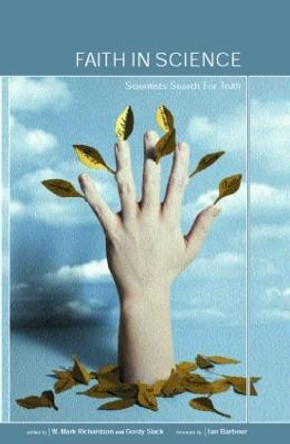Description
From its beginnings in London to its worldwide enrollment-including affiliated schools in Europe, North and South America, South Africa, and Australasia-this account examines the history and growth of the School of Economic Science. Based on the economic theories of the American social reformer and economist Henry George and the land tax campaigns led by Andrew MacLaren, the school's philosophy has adapted over the course of eight decades. Influenced by spiritual leader George Gurdjieff, philosopher Peter Ouspensky, and Indian sage Sri Shantananda Saraswati, to name a few, the institution has attracted hundreds of thousands of students, but it has also endured criticism and controversy. Objectively, this record explains why supporters of the School of Economic Science hold it in such high regard.
About the Author
Brian Hodgkinson has been a member of the School of Economic Science since 1963. Concurrently he has studied modern academic Philosophy, taking a degree in Philosophy, Politics and Economics at Balliol College, Oxford and lecturing in Philosophy at Sussex University. More recently he has taught Economics and History at St James Independent Schools, having studied and tutored these subjects within the School of Economic Science. He has published a verse translation of the Bhagavad Gita, and books on Indian Philosophy, Ancient History and Economics.
Reviews
'A fascinating account giving the history of the School of Economic Science, founded by Leon Maclaren in the 1930s. The author has been associated with the School since 1963 and was himself a lecturer in philosophy. The twin inspirations of the founder were truth and justice and the original emphasis on economics goes back to the work of Henry George, championed by his father. The author explains how the School and the Study Society under Dr. Roles evolved in parallel through the encounter with Gurdjieff and Ouspensky in the 1950s, then discovering the importance of meditation as a practical application of philosophy in its widest sense. This occurred during the 1960s through Maharishi and Sri Shantananda Saraswati, who also provided the impetus towards the teaching of Advaita. More recently, the School has branched out into other activities including music, education, art and Renaissance studies. Culturally, the most interesting consideration is so many thousands of people felt the need for a deeper form of spiritual practice and contemplation than provided by Christian churches. This is the development of an experienced understanding that goes beyond attendance at church services. Readers who have been involved in the School at some stage will find this book of particular interest. I myself attended some classes when I arrived in London in the mid-70s, and they provided an important orientation for my future development even if I did not remain with the School.' Scientific & Medical Network Magazine 20110115
Book Information
ISBN 9780856832765
Author Brian Hodgkinson
Format Hardback
Page Count 352
Imprint Shepheard-Walwyn (Publishers) Ltd
Publisher Shepheard-Walwyn (Publishers) Ltd
Weight(grams) 785g
Dimensions(mm) 235mm * 159mm * 33mm






